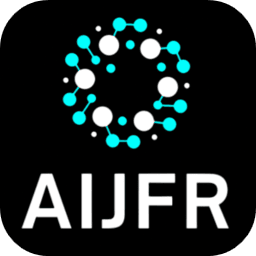
Advanced International Journal for Research
E-ISSN: 3048-7641
•
Impact Factor: 9.11
A Widely Indexed Open Access Peer Reviewed Multidisciplinary Bi-monthly Scholarly International Journal
Home
Research Paper
Submit Research Paper
Publication Guidelines
Publication Charges
Upload Documents
Track Status / Pay Fees / Download Publication Certi.
Editors & Reviewers
View All
Join as a Reviewer
Get Membership Certificate
Current Issue
Publication Archive
Conference
Publishing Conf. with AIJFR
Upcoming Conference(s) ↓
WSMCDD-2025
GSMCDD-2025
Conferences Published ↓
RBS:RH-COVID-19 (2023)
ICMRS'23
PIPRDA-2023
Contact Us
Plagiarism is checked by the leading plagiarism checker
Call for Paper
Volume 6 Issue 6
November-December 2025
Indexing Partners



















Abundance and Distribution of Microplastics as Emerging Contaminants in Public Water Supply Dams of Jos-Bukuru Metropolis, Plateau State
| Author(s) | Buba M. Wufem, Nangbes J. Gungsat, Dapam L. Isaac, Shakede O. Iramofo |
|---|---|
| Country | Nigeria |
| Abstract | The distribution of microplastic across water treatment infrastructure in Jos and its environs was determined using oil extraction methods. Raw water from the water storage facilities was analysed for microplastics and physico-chemical properties. The physico-chemical properties of the water showed pH range of 7.16 - 7.44, electrical conductivity of 15.67 - 73.2 µS/cm, Total Dissolved Solids 34.3 - 95 mg/L and Total Suspended particles ranging between 33.3 - 48.9 mg/L. The results indicated the presence of microplastics in all the storage facilities ranging from 3,368 to 4,353 particles/L, and the mean levels of 4,353 particles/L, 4,230 particles/L, 3,746 particles/L and 3,368 particles/L, for Lamingo Dam, Liberty Dam, Yakubu Gowon Dam and Yelwa Pond respectively. The distribution of microplastic particles in Lamingo Dam showed a higher variability suggesting the influence of point-source pollution or localized anthropogenic activity. Liberty Dam in contrast, showed relatively uniform distribution pointing to more homogeneous contamination inputs. The microplastic abundance levels across the studied water facilities were relatively high with tyre debris being dominant. This suggests the particles to be of vehicular origin due to tyre wear. The presence of microplastics in the municipal water sources may pose health threat to the municipality and aquatic lives. |
| Keywords | Microplastics, emerging contaminants, raw water, storage reservoirs, Tyre-wear. |
| Field | Chemistry |
| Published In | Volume 6, Issue 5, September-October 2025 |
| Published On | 2025-09-21 |
| DOI | https://doi.org/10.63363/aijfr.2025.v06i05.1318 |
| Short DOI | https://doi.org/g938m5 |
Share this

E-ISSN 3048-7641
CrossRef DOI is assigned to each research paper published in our journal.
AIJFR DOI prefix is
10.63363/aijfr
All research papers published on this website are licensed under Creative Commons Attribution-ShareAlike 4.0 International License, and all rights belong to their respective authors/researchers.

